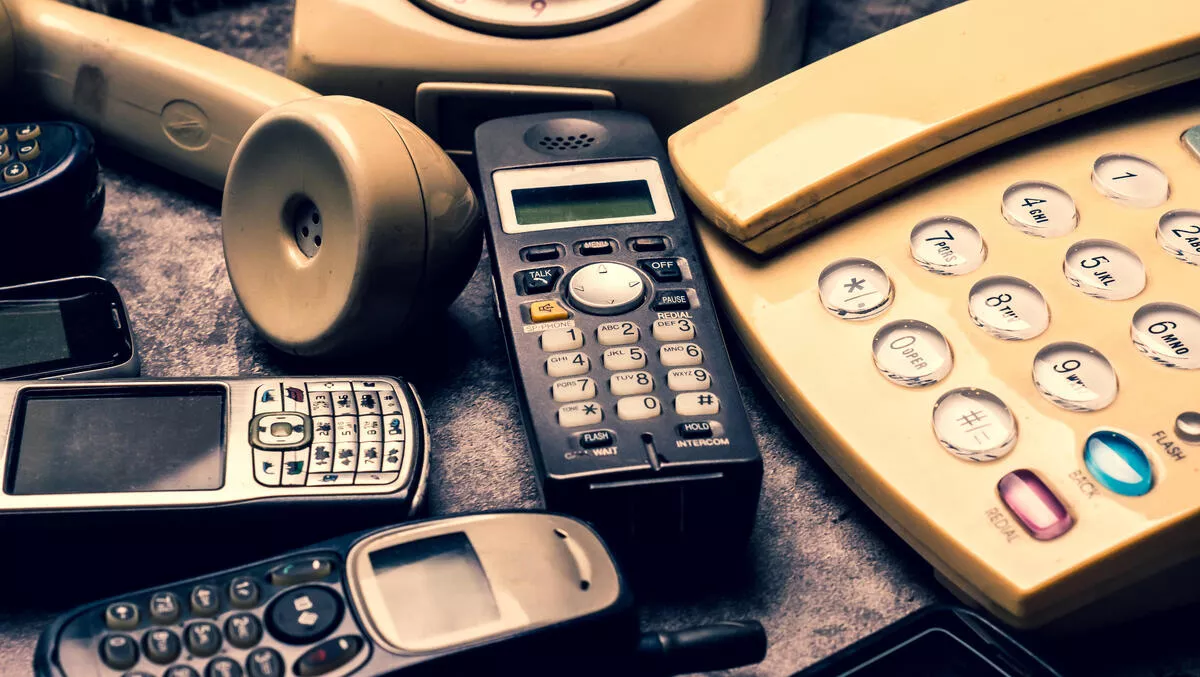
Complete connection: the 75-year evolution of the mobile phone
The first mobile phone call was made 75 years ago, in a car. How has technology changed since then and what does the future of communication technology look like?
Far from the handheld devices we now know, the equipment it took to make that very first call filled much of the car's boot and weighed about 30kg.
Much like long distance calls of years gone by, you couldn't call direct.
"You actually had to go through and talk to somebody to set up the phone call so there were these switch operators that would basically put the call through," says professor of Electrical Engineering Daniel Bliss.
And despite being in a car, there was actually a very limited number of places where you could actually get a signal, he says.
Military investment in technology development research is responsible for almost every aspect of technology that's around us, Bliss says.
In fact, the first handheld phone, the handie talkie, was developed during World War II.
"It looks a little bit like a giant version of a cellphone. A person could hold it in one hand – you'd have to have a reasonably strong hand and a big one."
The cellular system is the one we've all come to know, but how does it work?
"The idea there is that when I have a phone and you might be in the same room as me and I'm sending you a text, because let's face it, that happens embarrassingly, that information does not go from phone to phone. It goes from phone, up to the base station and from the base station it goes to some of the phone circuitry, it goes back to the base station and back to the phone."
"The signal itself actually goes a long way and goes back. In that particular scenario, it's kind of ridiculous."
Texting was added to phones because, well, why not? It was free for the carrier to do, Bliss says.
"Everyone suddenly realised, it was incredibly useful."
So, what will communication technology look like in 50 years' time? Bliss says researchers like him get a veiled look into the future.
"One of the things I expect that we will see is more of a convergence of technologies in the sense that we'll have lots of complementary technologies working together."
The functions your phone will have in the future might seem strange now, he says.
"It will have a built-in radar system, that's what I'm expecting, and it will do more complicated positioning. It will start becoming more aware of its surroundings in various ways and more aware of you.
"For instance, one of the things we work on is cardiac radar, so using a signal much like the communication signal that you use in your phone I'm measuring your heartbeat and your breathing. Or you could identify the number of people in the room and your phone could become aware of that."
Bliss even knows of research being done that would build communication into your clothes.
We're very phone centric, Bliss says, but pretty soon rather than a particular device there will be electronic systems that go around with us.
"We're kind of already seeing this, as you walk from room to room there's a range of electronics that you're interacting with."
Bliss says it takes about 30 years for technology to mature.
"You can kind of see where we're headed but who knows what will happen."



